Lumens, lux, and candela—play critical roles in quantifying and understanding different aspects of light output and illumination. While often used interchangeably, these terms have distinct meanings and measurements. In this comprehensive article, we delve into the deep-seated meanings of lumens, lux, and candela, explore their differences, and provide relevant examples to elucidate their significance in lighting applications.
Lumens
Lumens, denoted as "lm," represent the total amount of visible light emitted by a light source, irrespective of the direction in which the light is dispersed. In essence, lumens measure the brightness of a light source as perceived by the human eye. For instance, a standard 60-watt incandescent bulb typically produces around 800 lumens, while a 10-watt LED bulb can emit the same amount of lumens, showcasing the efficiency of LED technology in producing more light with less energy.
Lux
Lux (lx) measures the illumination intensity or brightness of light as it falls on a surface or area. It quantifies the amount of light that is incident upon a specific area, taking into account the distance between the light source and the surface. Lux is calculated by dividing the total lumens emitted by the light source by the area over which the light is distributed (in square meters). For example, a desk lamp positioned one meter above a desk may provide an illumination of 500 lux on the surface, whereas the same lamp placed two meters away would result in a lower lux value due to increased distance.
Candela
Candela (cd) is a unit of measurement that describes the luminous intensity of a light source in a specific direction. Unlike lumens and lux, which quantify total light output and illumination intensity, respectively, candela focuses on the concentration of light emitted in a particular direction. A common example of a light source with high candela value is a flashlight, which emits a concentrated beam of light in a specific direction. The candela value indicates how bright the light appears in that direction, regardless of the distance from the source.

Comparison and Examples
Lumens
Lumens measure the total amount of light emitted by a light source, regardless of the direction.
Example: Consider a 60-watt incandescent bulb and a 10-watt LED bulb. Both bulbs may produce around 800 lumens of light output. Despite the difference in wattage, they provide the same brightness to the human eye.
Lux
Lux quantifies the illumination intensity on a surface, taking into account the distance between the light source and the surface.
Example: Imagine a desk lamp positioned one meter above a desk. It may provide an illumination of 500 lux on the desk surface. If the lamp is moved to a distance of two meters from the desk, the lux value decreases due to the increased distance.
Candela
Candela measures the luminous intensity of a light source in a specific direction.
Example: Consider a spotlight used for outdoor lighting. It may have a high candela value when focused into a narrow beam angle, such as 30 degrees. This high candela value ensures that the light is concentrated in a specific direction, making it suitable for highlighting architectural details or outdoor signage.

Further Examples
- Street Lighting: A streetlight may produce a high number of lumens to ensure adequate brightness for illuminating a large area. However, the lux levels may vary depending on factors such as the mounting height and spacing of the fixtures, ensuring uniform illumination across the road surface.
- Stage Lighting: Stage lighting fixtures often have adjustable beam angles to control the spread of light. While they may emit a high number of lumens, their candela values are crucial for directing light onto performers or stage props, creating dynamic lighting effects.

Conclusion
In summary, lumens, lux, and candela are distinct yet interconnected metrics that quantify different aspects of light output and illumination. While lumens measure total light output, lux quantifies illumination intensity on a surface, and candela describes the luminous intensity in a specific direction. Understanding the nuanced differences between these terms is essential for selecting appropriate lighting solutions tailored to specific applications and ensuring optimal visibility, efficiency, and aesthetics in lighting design.
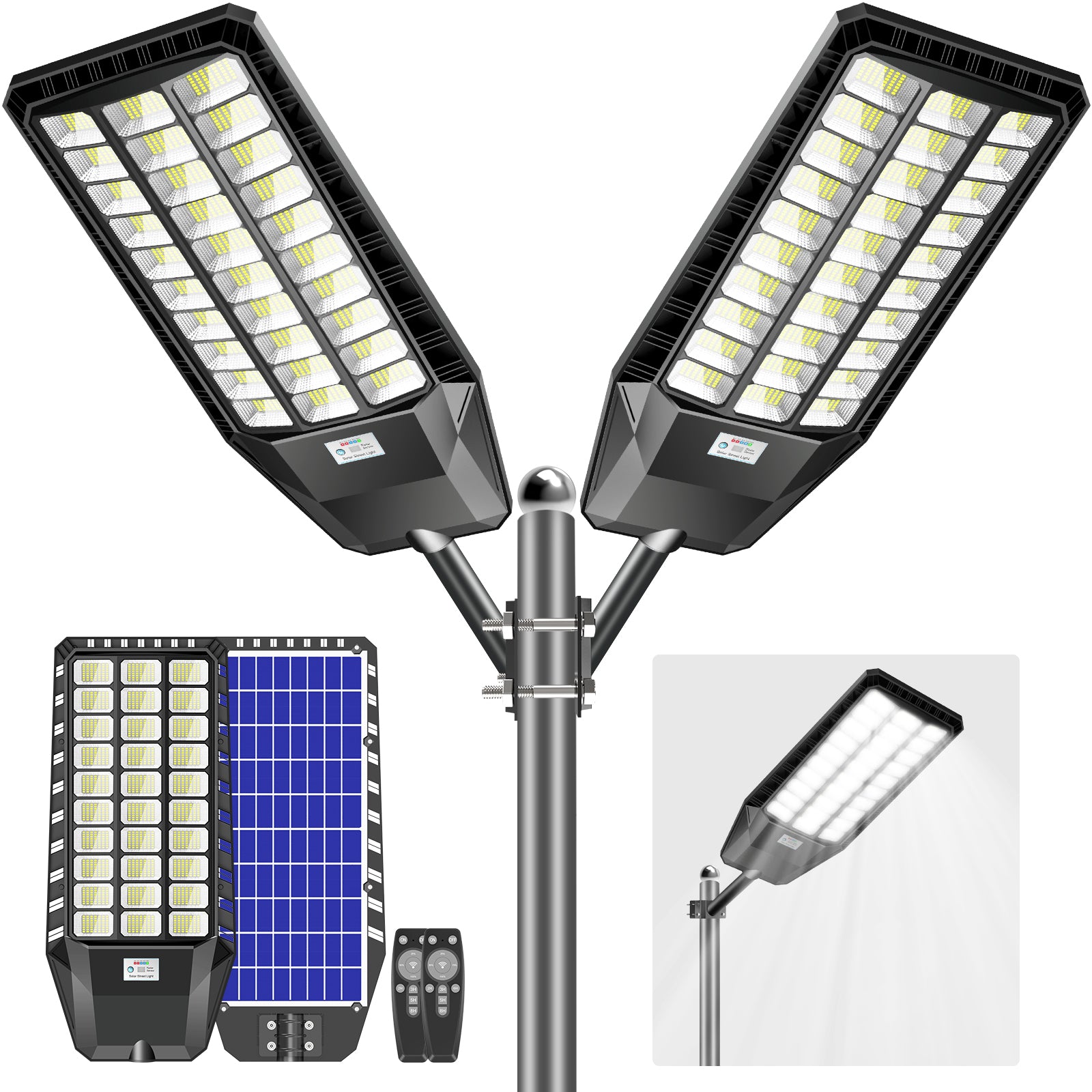
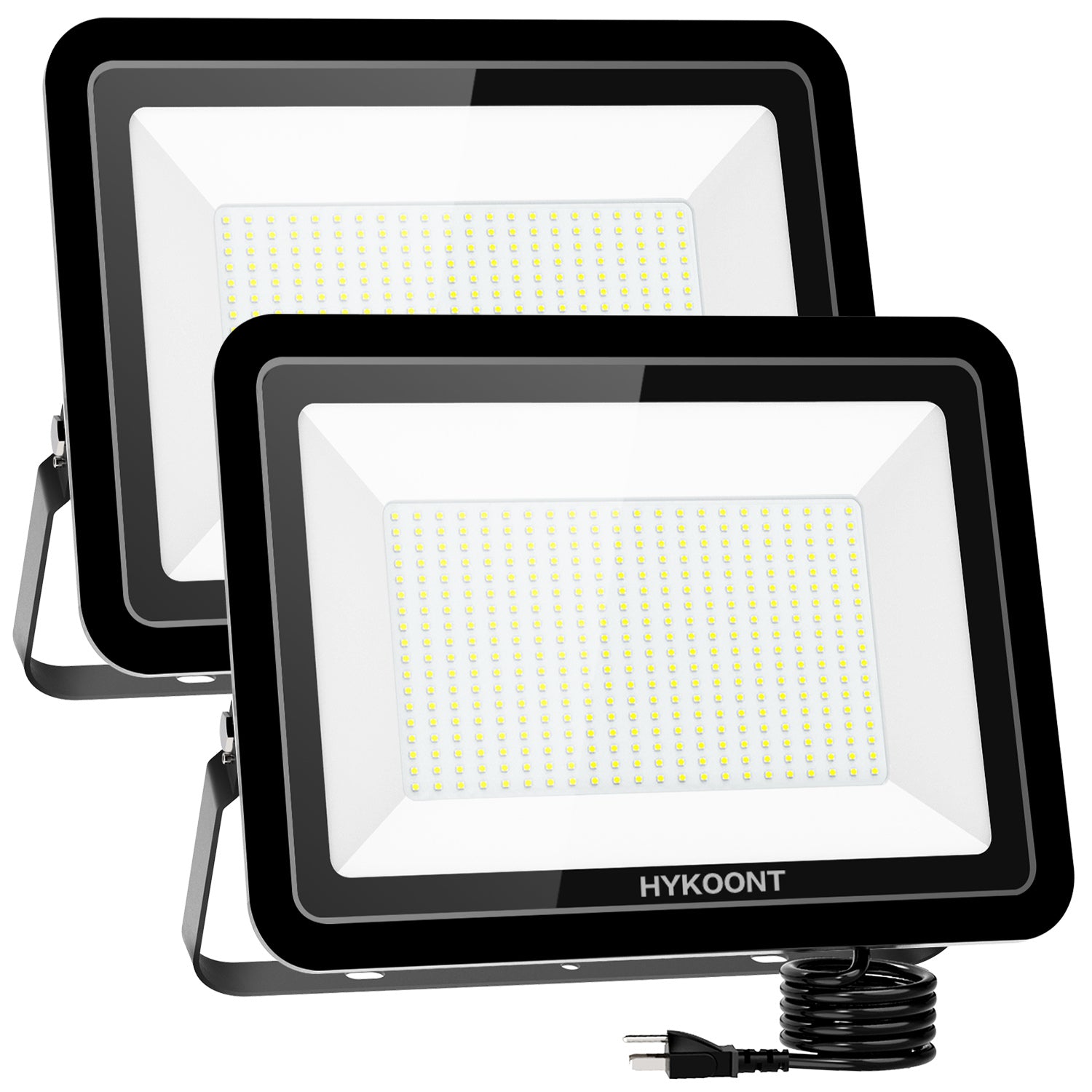




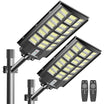
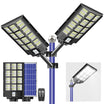
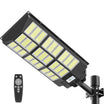

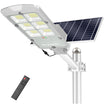










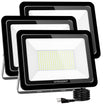
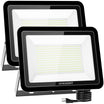
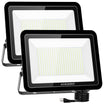






Leave a comment
This site is protected by reCAPTCHA and the Google Privacy Policy and Terms of Service apply.